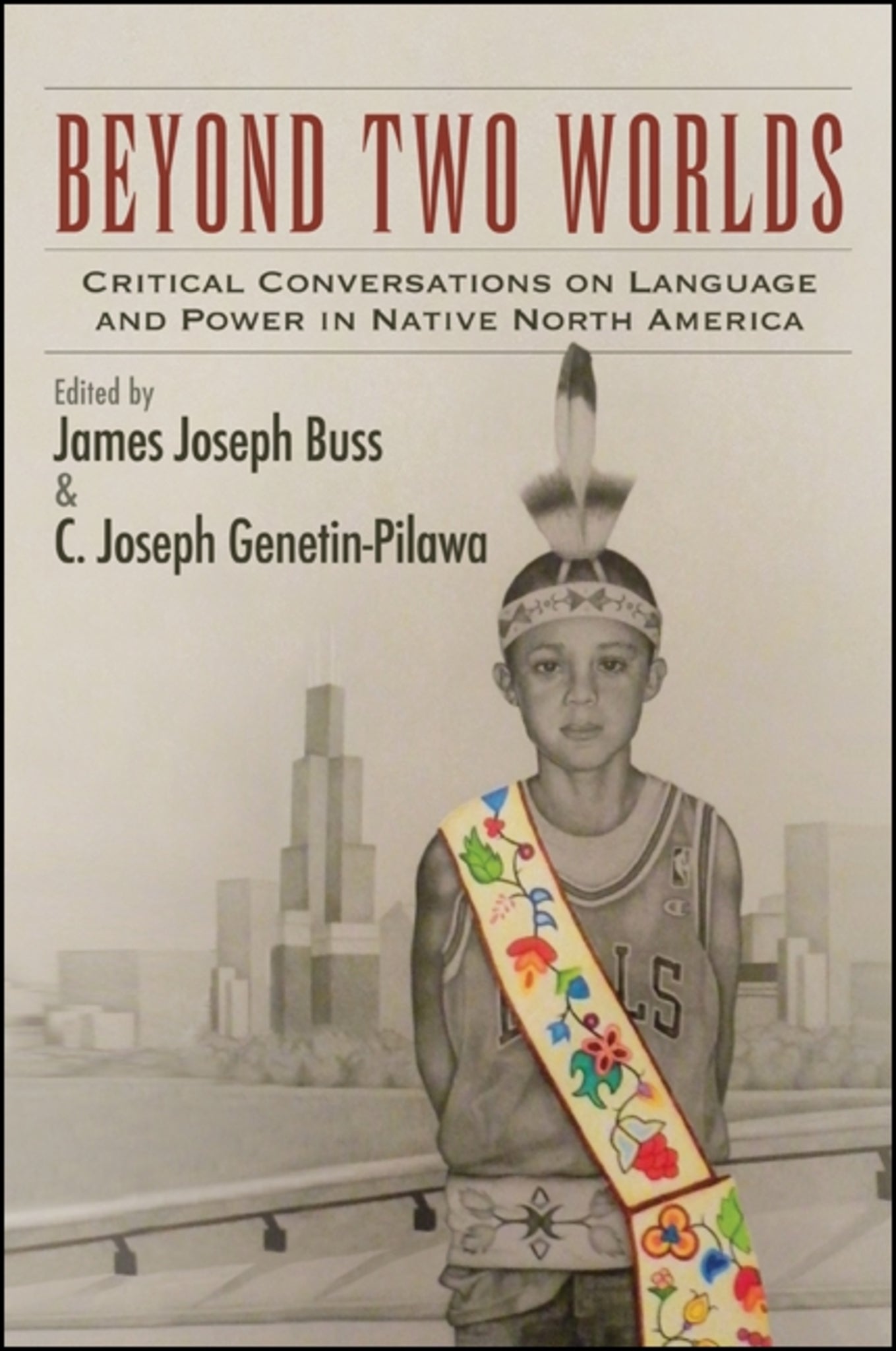We're sorry. An error has occurred
Please cancel or retry.
Beyond Two Worlds

Some error occured while loading the Quick View. Please close the Quick View and try reloading the page.
Couldn't load pickup availability
- Format:
-
02 July 2015

Examines the origins, efficacy, legacy, and consequences of envisioning both Native and non-Native "worlds."
Beyond Two Worlds brings together scholars of Native history and Native American studies to offer fresh insights into the methodological and conceptual significance of the "two-worlds framework." They address the following questions: Where did the two-worlds framework originate? How has it changed over time? How does it continue to operate in today's world? Most people recognize the language of binaries birthed by the two-worlds trope-savage and civilized, East and West, primitive and modern. For more than four centuries, this lexicon has served as a grammar for settler colonialism. While many scholars have chastised this type of terminology in recent years, the power behind these words persists. With imagination and a critical evaluation of how language, politics, economics, and culture all influence the expectations that we place on one another, the contributors to this volume rethink the two-worlds trope, adding considerably to our understanding of the past and present.


"...a valuable contribution to scholars and community members alike." — H-Net Reviews (H-AmIndian)
List of Illustrations
Preface
Malinda Maynor Lowery
Acknowledgments
Introduction: The World Is Not Enough
James Joseph Buss and C. Joseph Genetin-Pilawa
Part I: Historical Antecedents
1. "To Live and Die with Them": Wendat Reactions to "Worldly" Rhetoric in the Land of the Dead
Kathryn Magee Labelle
2. "Willingly Complied and Removed to the Fort": The Secret History of Competing Anglo-Visions for Virginia’s Southwest
Kristalyn Marie Shefveland
3. The Development of Two Worlds: British and Cherokee Spatial Understandings in the Eighteenth-Century Southeast
Ian D. Chambers
Interlude: Diagramming Worlds
Nancy Shoemaker
Part II: The Real and the Imagined
4. Imagined Worlds and Archival Realities: The Patchwork World of Early Nineteenth-Century Indiana
James Joseph Buss
5. The Indians’ Capital City: Diplomatic Visits, Place, and Two-Worlds Discourse in Nineteenth-Century Washington, DC
C. Joseph Genetin-Pilawa
6. Under One Big Tent: Race, Resistance, and Community Building in Two Nineteenth-Century Circus Towns
Sakina M. Hughes
Interlude: Of Two Worlds and Intimate Domains
Susan E. Gray
Part III: Consequences and Implications
7. nahi meehtohseeniwinki: iilinweeyankwi neehi iši meehtohseeniwiyankwi aatotamankwi: To Live Well: Our Language and Our Lives
George Ironstrack
8. Moving in Multiple Worlds: Native Indian Service Employees
Cathleen D. Cahill
Interlude: Working and Between-ness
Brian Hosmer
Part IV: Beyond Two Worlds
9. "born in the opposition": D’Arcy McNickle, Ethnobiographically
Daniel M. Cobb, Kyle D. Fields, and Joseph Cheatle
10. To Come to a Better Understanding: Complicating the "Two-Worlds" Trope
Sande Garner
Afterword: How Many Worlds?: Place, Power, and Incommensurability
Coll Thrush
Contributor Biographies
Index



